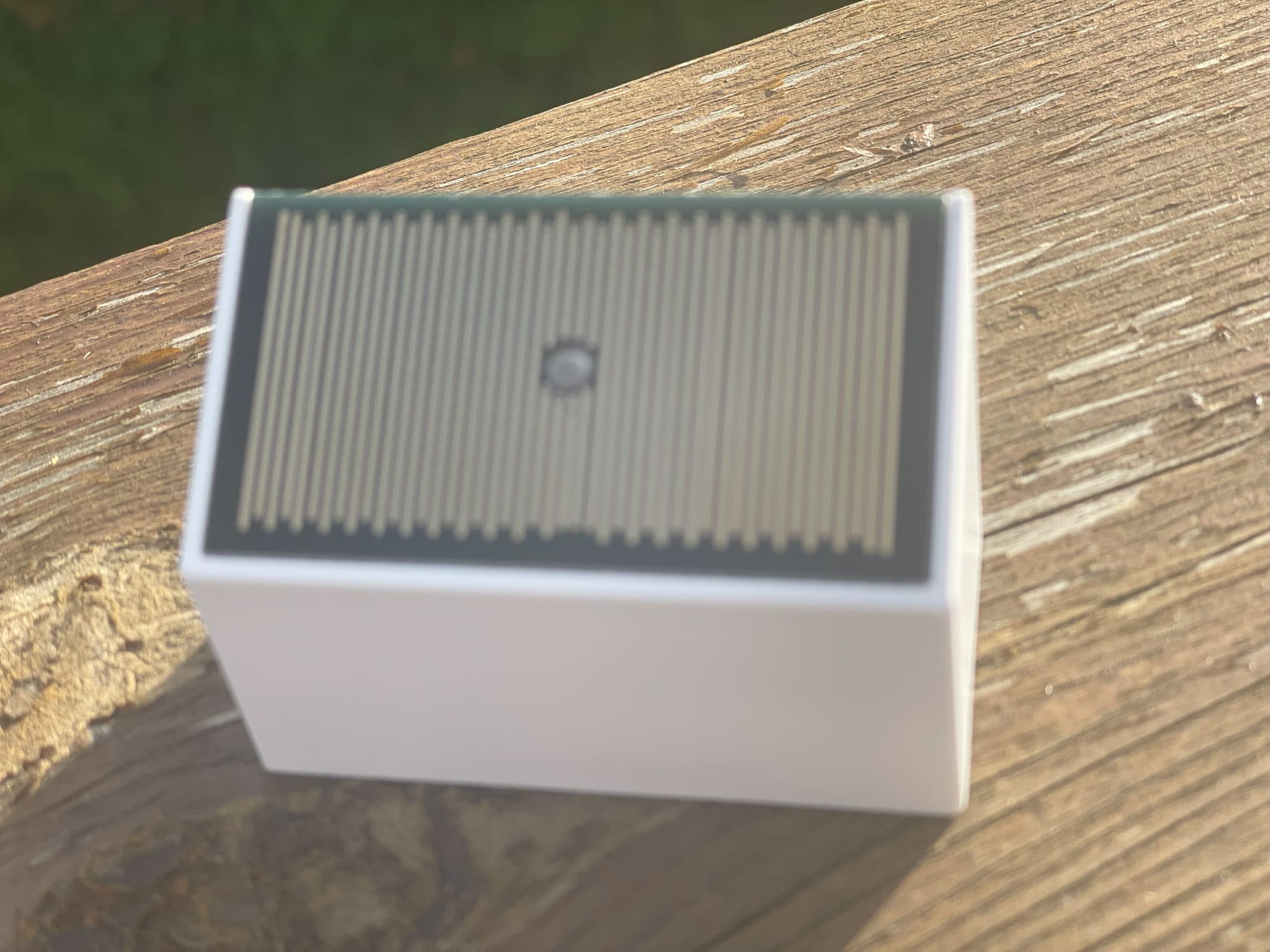You can never have too many Zigbee gadgets. That's not an addiction speaking—that's just facts. So when I stumbled upon a ridiculously cheap 2-in-1 rain sensor on AliExpress, I knew I had to add it to my growing army of smart home devices. For about $10 USD, the HOBEIAN ZG-223Z promises to detect rain AND measure light in lux. Two sensors in one tiny package? Sold.
But here's the real reason I bought it: the "wife acceptance factor."
Picture this: It's a beautiful sunny morning. Your partner hangs freshly washed bed sheets on the balcony to air-dry. You're both downstairs, maybe watching TV or working in your home office. The apartment has good sound insulation—you can't hear the rain hitting the roof or the window shutters. Suddenly, dark clouds roll in, and rain starts pouring. By the time one of you happens to glance outside, those sheets are soaking wet, and you're looking at another laundry cycle. Or worse—they're still damp and starting to smell like... regret.
This scenario has played out in my household more times than I care to admit. My previous solution? OpenWeatherMap integration in Home Assistant. The problem? It's a weather forecast. It predicts rain, but it doesn't know if it's actually raining on my balcony. Sometimes the forecast says "light rain" but it's bone dry. Sometimes it says "partly cloudy" and suddenly there's a deluge.
With the ZG-223Z, when it detects rain, you know for sure it's raining. No predictions, no probabilities—just pure, honest-to-goodness "water is falling from the sky RIGHT NOW" detection. (Well, there's a minuscule chance of false positives if a pigeon decides to... you know... directly on the sensor. But let's not dwell on that.)
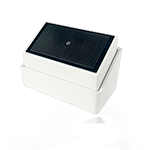
What This Little Guardian Can Do
The HOBEIAN ZG-223Z is surprisingly feature-rich for something that costs less than a pizza:
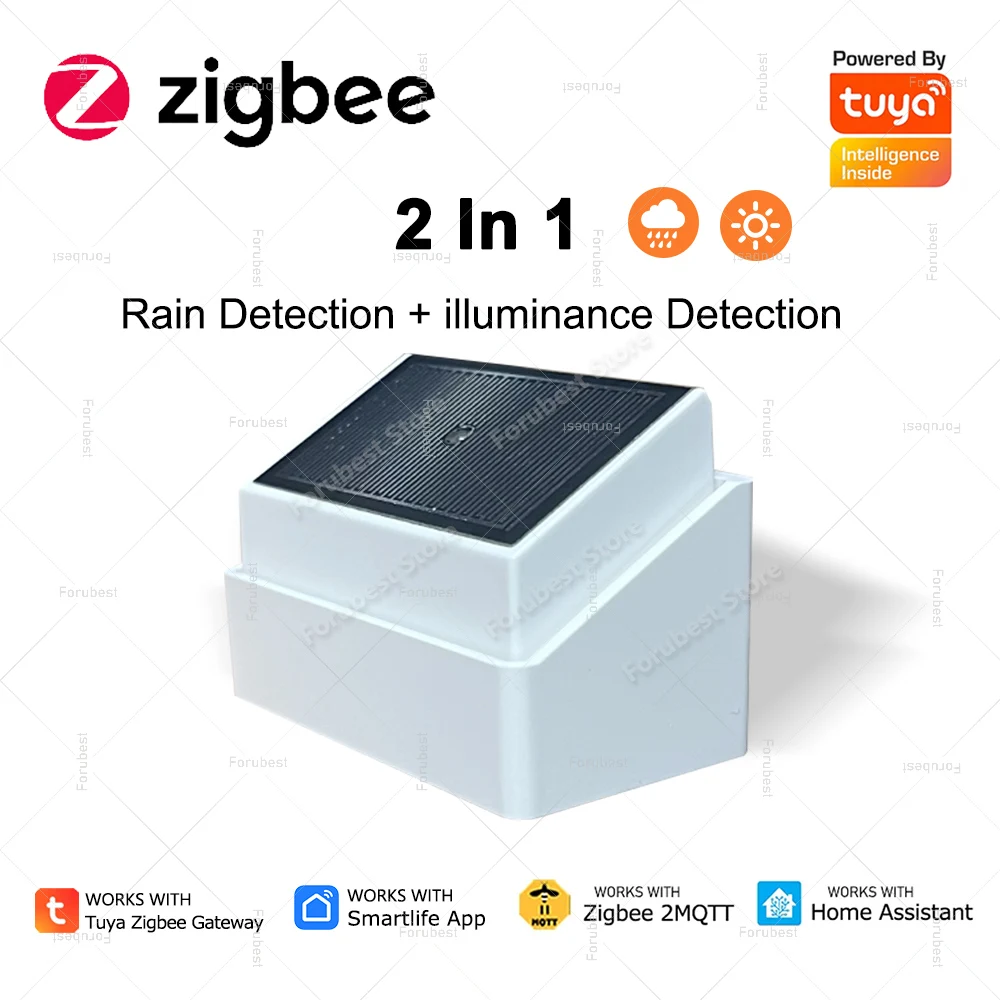
Rain Detection
The primary function: it tells you if it's raining or not. Simple binary status: "none" or "raining". No complicated humidity percentages or probability algorithms—just straightforward, reliable rain detection. This is exposed to Home Assistant as rainwater with the possible states of none or raining.
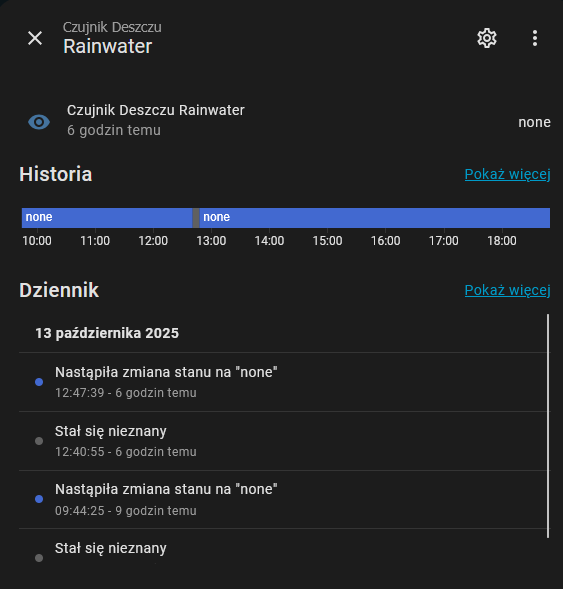
Illuminance Measurement
Bonus feature: it measures ambient light in lux. This means you can use it not just for rain detection, but also for light-based automations. Want your outdoor lights to turn on only when it's dark enough? The ZG-223Z has you covered. The illuminance value is exposed as illuminance and measured in lx.
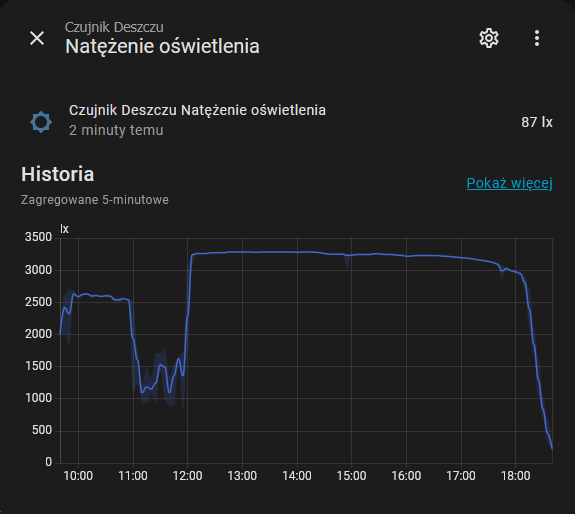
Adjustable Sensitivity
You can tune the rain detection sensitivity from 0 to 9. Higher values make it more sensitive, meaning it'll detect lighter rain (or the aforementioned bird situation). This is especially useful if you live in an area with varying rain intensity. The sensitivity can be adjusted by publishing to the sensitivity property in Zigbee2MQTT.
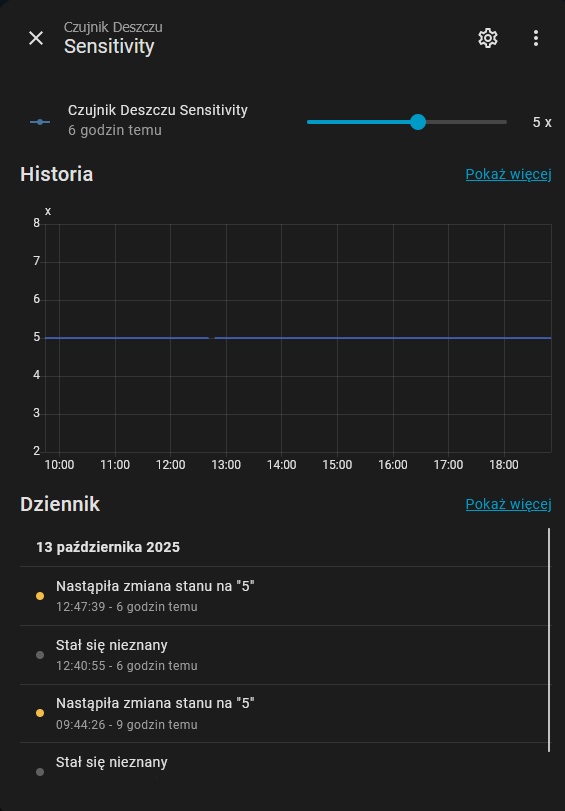
Configurable Sampling Interval
The sensor lets you set how often it measures illuminance, from 1 to 480 minutes. Want frequent light updates? Set it to 1 minute. Want to save battery? Set it higher. This is controlled via the illuminance_sampling property.
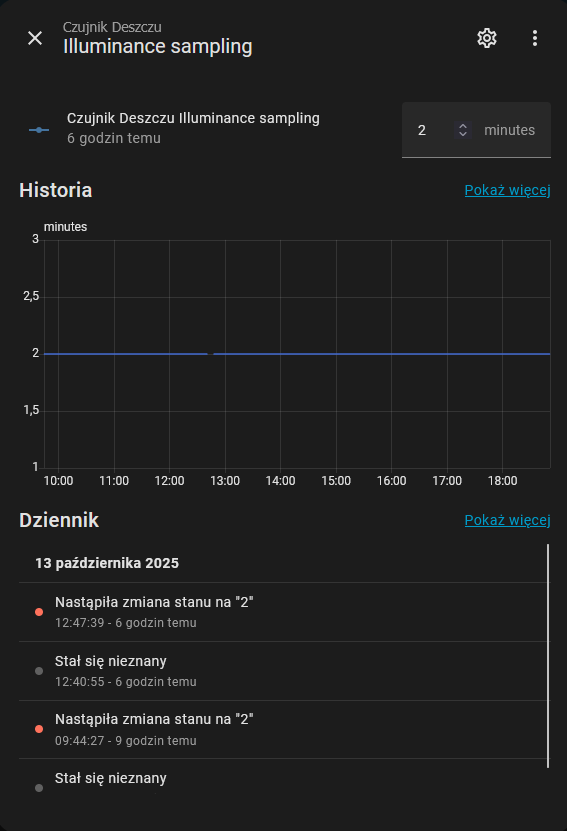
Battery Status
Like any good Zigbee sensor, it reports battery percentage. Takes up to 24 hours for the first reading, but after that, you'll know when it's time to swap batteries.
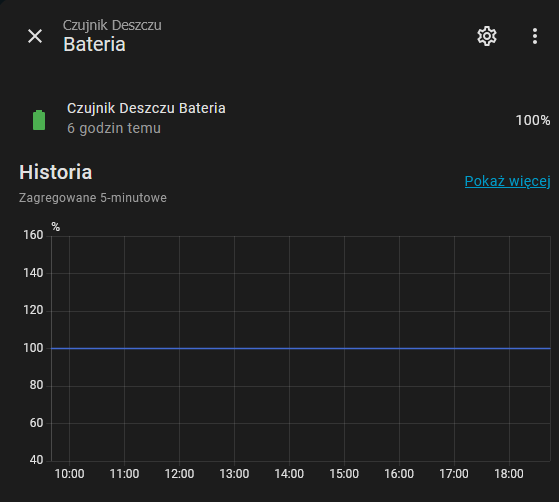
Setup: Almost Embarrassingly Easy
I've done plenty of Zigbee pairings in my time, and most are straightforward—press a button three times, wait, done. The ZG-223Z is almost that easy, with one tiny twist: you need to hold the internal button a bit longer.
Inside the sensor, there's a small button. Press and hold it until the LED starts flashing, then release. The sensor will enter pairing mode. My Zigbee2MQTT instance picked it up immediately, and within seconds, it appeared in Home Assistant.
Here's what it exposes to Home Assistant:
- rainwater (enum): "none" or "raining" — your automation trigger
- illuminance (numeric): Light level in lux
- sensitivity (numeric): Rain detection sensitivity (0-9)
- illuminance_sampling (numeric): How often to measure light (1-480 minutes)
- battery (numeric): Battery percentage
The Mounting Brilliance: A "Holder" That Actually Makes Sense
Here's something that genuinely impressed me: the sensor comes with a clever mounting bracket that I can only describe as a "holder." It's not a permanent mount where you screw the sensor directly to a wall or post. Instead, it's a bracket that holds the sensor securely but allows you to easily slide it out.
Why does this matter? Battery replacement.
Think about it: most outdoor sensors require you to unscrew them from their mounting position just to change batteries. You're fumbling with screws in the rain (ironically), trying not to drop tiny pieces while balancing on a ladder. With the ZG-223Z's holder, you just slide the sensor out, pop the back cover, swap the battery, and slide it back in. Done. It's such a simple design decision, but it makes all the difference in real-world usage.
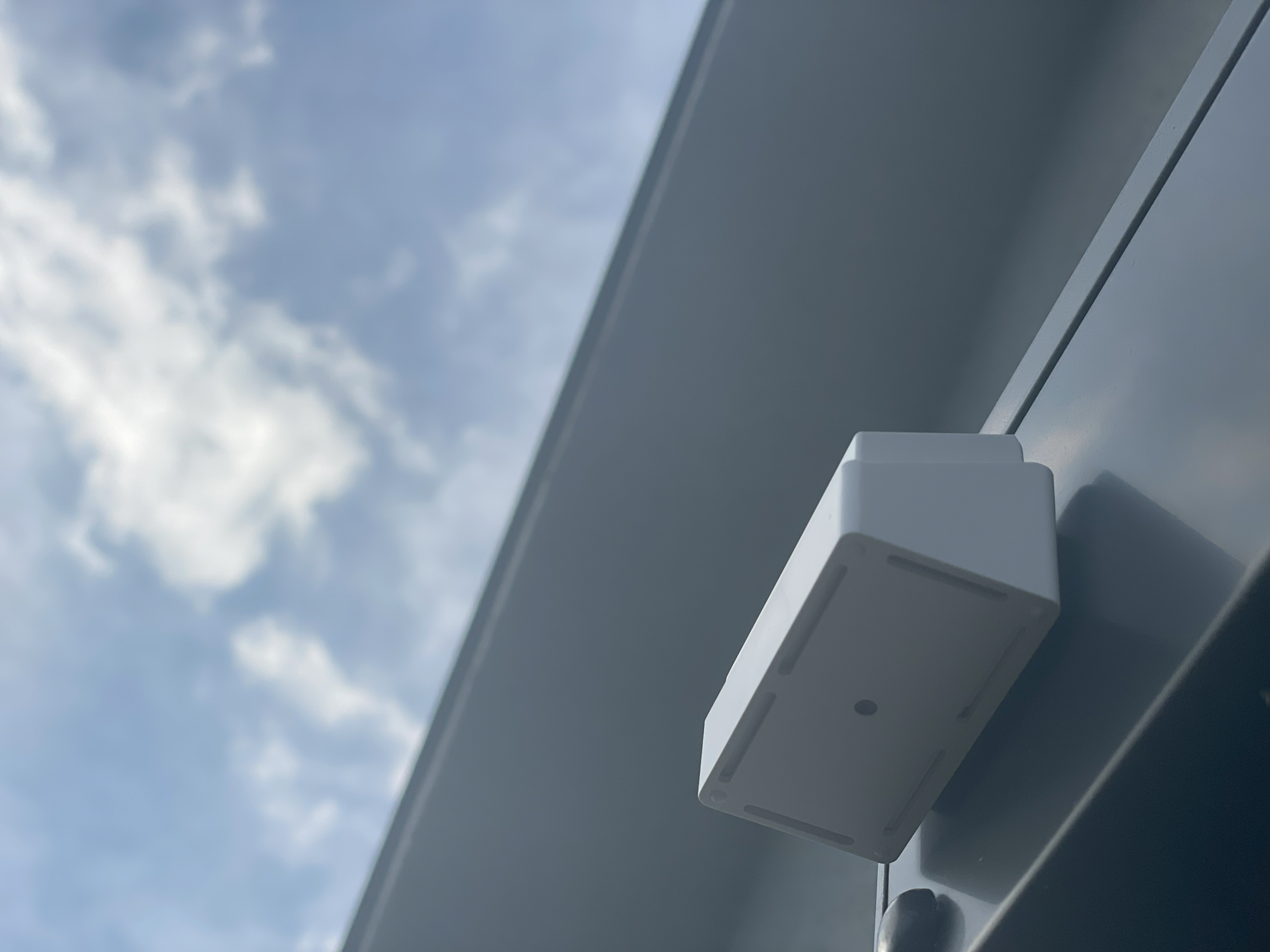
But the engineering thoughtfulness doesn't stop there. The bracket has drainage holes on the bottom. Yes, drainage holes. On a rain sensor mount. Someone actually thought about the fact that this device will be constantly exposed to water and made sure it won't turn into a tiny swimming pool for your sensor. Water hits the sensor, does its job triggering the detection, and then drains away through the holes. No flooding, no water accumulation, no sensor drowning in its own detection medium. It's the kind of small detail that makes you appreciate good design.
Surprisingly Compact
I expected a rain sensor to be... bigger? Maybe I was imagining some chunky device with a large surface area to detect raindrops. But the ZG-223Z is surprisingly tiny—roughly 6cm × 3.5cm. It's small enough to mount almost anywhere without being obtrusive, yet large enough to reliably detect rain.
For those of you who appreciate professional size comparisons on an actual hand instead of the traditional banana-for-scale method, I'll be adding photos showing just how compact this little guardian really is. Spoiler: it fits comfortably in your palm.
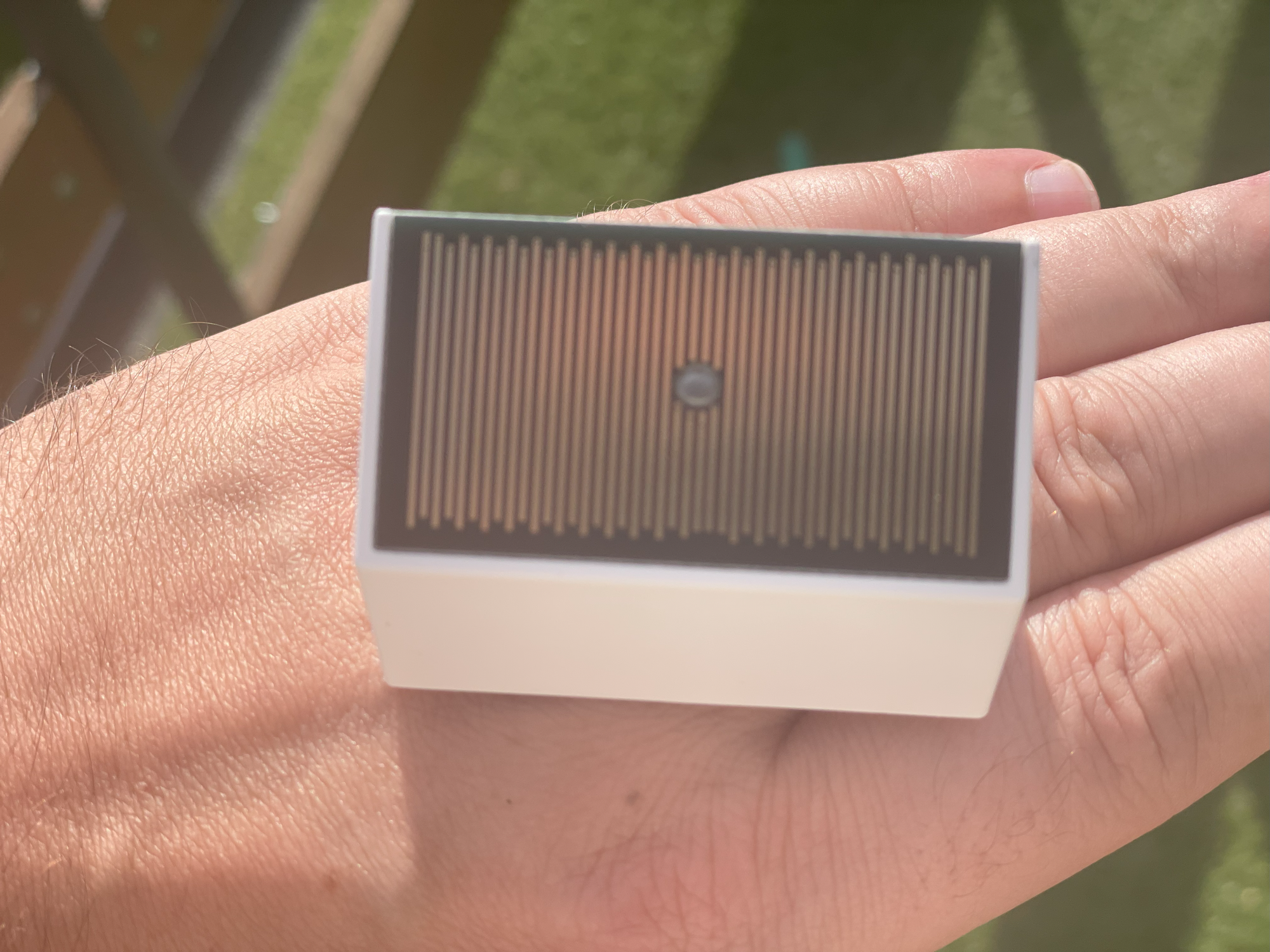
The compact size also means it's lightweight and easy to position. I mounted mine on the balcony railing, and it's barely noticeable until you're looking for it.
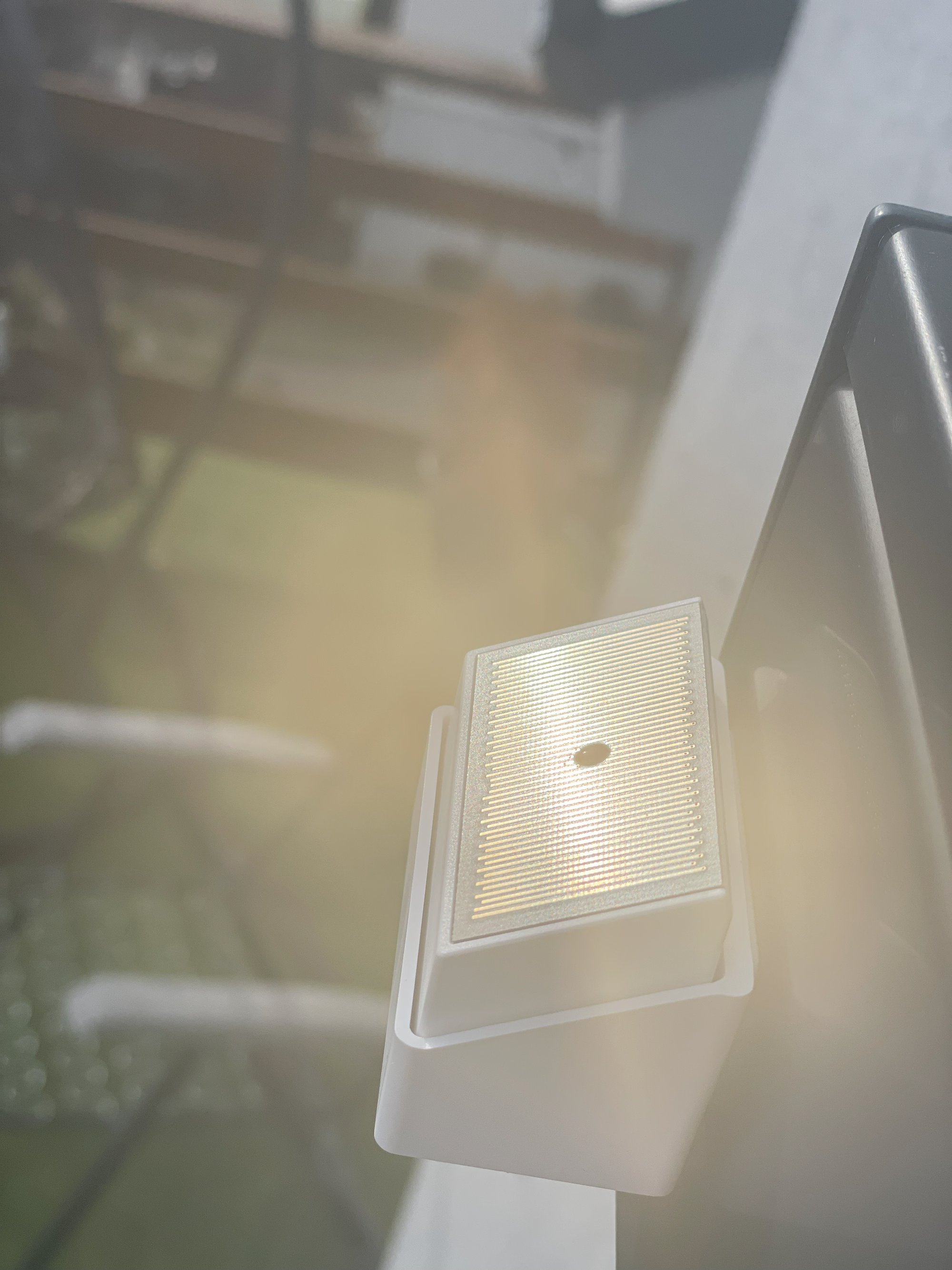
The Automation That Saves Marriages
Now for the good stuff: the automation. The entire point of this sensor is to get alerted the moment rain starts falling, especially when laundry is outside drying. Here's my basic automation in Home Assistant:
alias: "Alert: Rain Detected - Laundry Warning"
trigger:
- platform: state
entity_id: binary_sensor.balcony_rain_sensor_rainwater
to: "raining"
condition:
- condition: time
after: "06:00:00"
before: "22:00:00" # No alerts at night
action:
- service: notify.mobile_app_my_phone
data:
title: "🌧️ It's Raining!"
message: "Check the balcony - laundry might be getting wet!"
data:
priority: high
ttl: 0
- service: tts.google_translate_say
data:
entity_id: media_player.home_speaker
message: "Attention! Rain detected on the balcony. Check the laundry!"
The moment that first raindrop hits the sensor, my phone buzzes, and a voice announcement plays through my smart speakers. It's not subtle, but that's the point. Now, instead of coming home to soggy sheets, I get a real-time alert that I can act on.
Wife: Happy. Sheets: Dry. Marriage: Saved.
The Perfect Irrigation Companion You Didn't Know You Needed
But wait, there's more! (I always wanted to say that.)
If you've read my post about my irrigation automation setup, you'll immediately see why the ZG-223Z is the missing piece of that puzzle. Here's the scenario: you've set up a beautiful automated irrigation system. It waters your garden at scheduled times, adjusting for temperature and humidity. Life is good.
Then it rains.
Your irrigation system, blissfully unaware that Mother Nature is already handling the watering, kicks in right on schedule. Now you're watering plants that are already soaking wet. You're wasting water, potentially overwatering your plants, and your water bill is higher than it needs to be.
Enter the ZG-223Z.
With this sensor integrated into your irrigation automation, you can create a simple condition: "If it's currently raining, skip the irrigation cycle." Even better, you can make it smarter: "If it has rained in the last 2 hours, delay the next irrigation cycle by X hours." Your irrigation system becomes weather-aware without relying on forecast predictions that may or may not match your local reality.
Here's a quick automation example for irrigation control:
alias: "Smart Irrigation - Skip if Raining"
trigger:
- platform: time
at: "06:00:00" # Scheduled irrigation time
condition:
- condition: state
entity_id: binary_sensor.balcony_rain_sensor_rainwater
state: "none" # Only run if NOT raining
action:
- service: switch.turn_on
entity_id: switch.irrigation_zone_1
- delay:
minutes: 15
- service: switch.turn_off
entity_id: switch.irrigation_zone_1
This is one of those integrations that just makes sense. A rain sensor and an irrigation system go together like... well, like rain and plants. It's elegant, practical, and saves both water and money. What's not to love?
Building a Local Weather Station, One Sensor at a Time
The ZG-223Z is likely going to be the first piece of my local weather station. I've been relying on external weather APIs for years, but there's something satisfying about having your own hyperlocal data. My balcony's microclimate is different from the general area forecast, and now I can start measuring that difference.
Next on the shopping list:
- A Zigbee temperature/humidity sensor for outdoor use
- Maybe a wind speed sensor (if such a thing exists in Zigbee)
- Possibly a barometric pressure sensor
Once I have a few more sensors in place, I'll be able to create my own weather dashboard in Home Assistant, showing real-time conditions specific to my exact location. No more "the forecast says sunny" while it's pouring on my balcony. I'll know precisely what's happening in my little corner of the world.
The Final Word: A Tiny Sensor That Punches Above Its Weight
For about $10, the HOBEIAN ZG-223Z delivers way more value than you'd expect. It's small, reliable, easy to set up, and most importantly—it actually works. The rain detection is accurate (pigeon incidents aside), the light sensor is a nice bonus, and the clever mounting bracket makes battery changes a breeze.
Is it the most exciting piece of smart home tech I've bought? No. Will it revolutionize your life? Probably not.
But will it save your laundry from unexpected rain and potentially prevent domestic disputes about "why didn't you check the weather?" Absolutely.
And honestly? In the world of smart home automation, sometimes it's the simple, practical gadgets that end up being the most valuable. The ZG-223Z is one of those gadgets.
Now, if you'll excuse me, I need to go install automation that turns off my outdoor RGB lights when it starts raining. Because apparently, my current ones aren't waterproof. (Ask me how I found that out.)
Support This Blog — Because Heroes Deserve Recognition!
Whether it's a one-time tip or a subscription, your support keeps this blog alive and kicking. Thank you for being awesome!
Tip OnceHey, Want to Join Me on This Journey? ☕
While I'm brewing my next technical deep-dive (and probably another cup of coffee), why not become a regular part of this caffeinated adventure?
Subscribe
